States Must Tackle the Real Obstacles to Broadband Adoption
Closure can only be achieved through greater adoption by lower income households.
Deborah Lathen

The Affordable Connectivity Program successfully connected 23 million Americans before Congress failed to renew funding for this very popular bipartisan bill. In the wake of its demise some states are attempting to replace the ACP by furtively focusing on affordability, by increasingly mandating that internet service providers offer low-cost broadband to qualifying low-income consumers. The evidence is clear - affordability programs alone will not close the digital divide. Closure can only be achieved through greater adoption by lower income households.
Adoption is a far greater barrier than affordability
For far too many years lack of adoption has been a persistent and obdurate barrier to digital inclusion, stifling opportunities for social and economic improvement for those on the wrong side of the digital divide. Extensive studies have shown that even when broadband services are effectively free for all qualifying households, adoption rates remain low. For example, a survey of pandemic era connectivity programs found that even when broadband service was available at no cost to low income families, millions failed to accept the free offer. Under the ACP, 51.6 million households qualified for broadband subsidies, but just 23.3 million enrolled-only 40% of eligible households.
Why are these opportunities for free or subsidized connectivity being ignored by those who need it the most? The answer is they don’t believe they need it.
According to the U.S. Census Bureau’s 2023 Current Population Survey, a federal tool used to understand unconnected households, relevance is nearly four times as significant a barrier as cost. (Emphasis added.) Overall, 56% of unconnected households across all income levels cite a lack of perceived relevance to their lives or lack of interest as the reason for not subscribing to broadband, despite its availability.
Those numbers explain why narrowly focused price regulations won’t close the digital divide. Real progress will require states to zealously focus on eradicating the perceived lack of relevance and other adoption barriers, such as lack of digital skills, lack of equipment, distrust of government, housing instability, and increasing privacy and security concerns.
Equity of experience, in addition to smartphones, requires home broadband
Expanding broadband adoption also means looking beyond mere connectivity. The goal is full inclusion. In a June 2024 report, the National Telecommunications and Information Administration noted, “The disparities we find when looking beyond overall internet use suggest that, while our country is making great strides toward getting everyone online in some fashion, the quality and experience of connectivity still varies greatly.”
Full inclusive connectivity cannot be achieved by having just a smartphone connection. Completing homework, applying for a job, using telehealth, accessing government forms and services, or simply relaxing with your family while streaming a movie is better experienced with home broadband – and many of these tasks simply cannot be reliably completed with smartphone access only. A 2025 national survey by BSG of 506 recent home broadband adopters found that adopters derived significant more benefits from home broadband compared to smartphones only. (BSG 2025 report)
Sadly, too many households are dependent solely on smartphones. Approximately 15% of American households are smartphone-dependent and do not subscribe to home broadband. Over 90% of adults with household incomes of at least $100,000 have both mobile and home broadband, compared to 57% of adults in households earning $30,000 or less.
The demographics of smartphone-only users reflect those on the wrong side of the digital divide, primarily Hispanics, African Americans and Native Americans. According to a June 6, 2024 NTIA report, 25% of Hispanics, 22 % of American Indians & Alaska Natives and 16 percent of Black Americans are smartphone only users, compared to 12% White, Non-Hispanics and Asians.
Maze of state and local regulations are causing delays
Without proper deployment the above concerns fade into the background. More than 4 years into the Infrastructure Investment Jobs Act, build-out remains shackled and hindered by permitting and licensing roadblocks, limited access to local rights of way, and costly and time-consuming disputes over utility pole attachments needed to string new fiber. Ultimately, adoption and equality of Internet experience are only possible if the networks are built– and time is of the essence-inflation threatens to reduce actual build out funding.
Congress has done the heavy lifting by appropriating new funds for broadband deployment. Now state, federal legislators, NTIA and the FCC must act with urgency and create effective processes and procedures to eliminate barriers to building out these new networks. Mechanisms for prompt dispute resolution must be established. Delay and inflation must not be allowed to derail one of the most important national initiatives since the Federal Aid Highway Act of 1956.
Deborah Lathen, President of Lathen Consulting, LLC is the former head of the FCC Cable Services Bureau (now Media Bureau) and a seasoned communications and business attorney with vast experience and knowledge about broadband policy. In 1998 Deorah wrote the first FCC report Understanding Broadband and most recently partnered with Paul Garnett in authoring A Handbook for the Effective Administration of State and Local Digital Equity Programs.
Broadband Breakfast accepts commentary from informed observers of the broadband scene. Please send pieces to commentary@breakfast.media. The views reflected in Expert Opinion pieces do not necessarily reflect the views of Broadband Breakfast and Breakfast Media LLC.


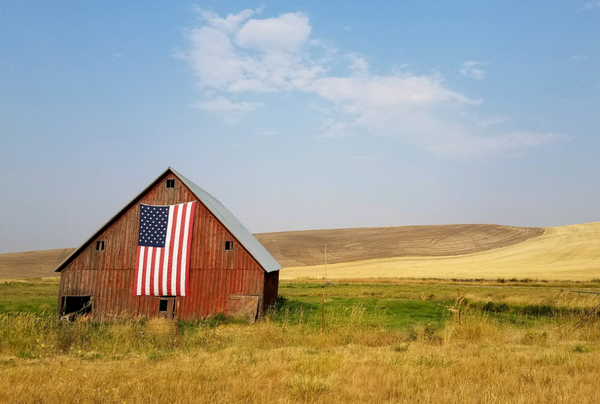
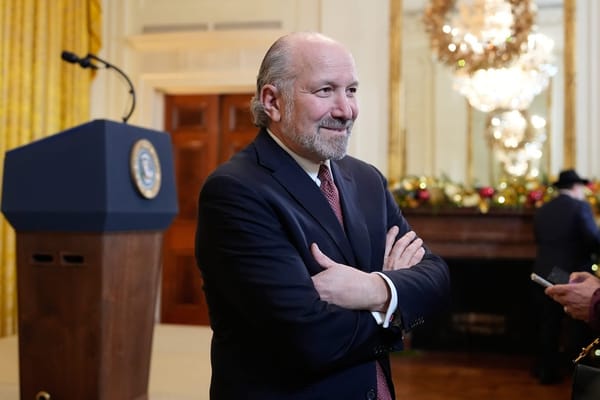
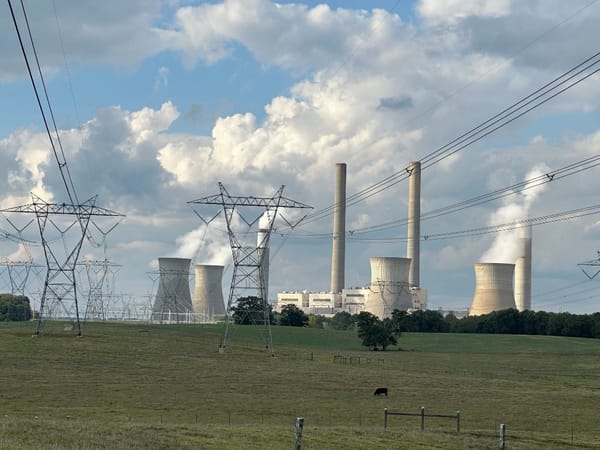
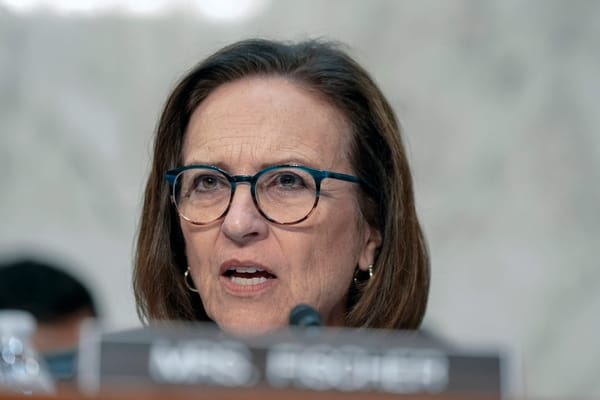
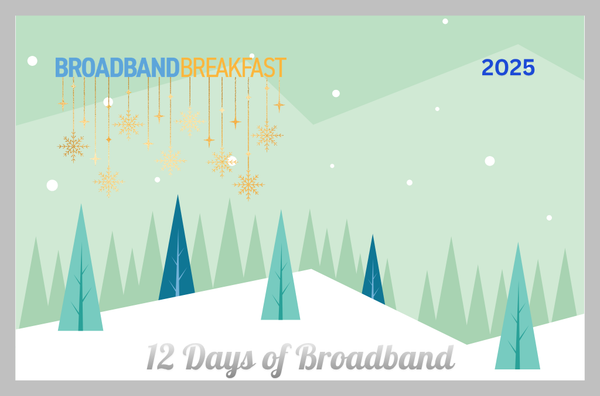
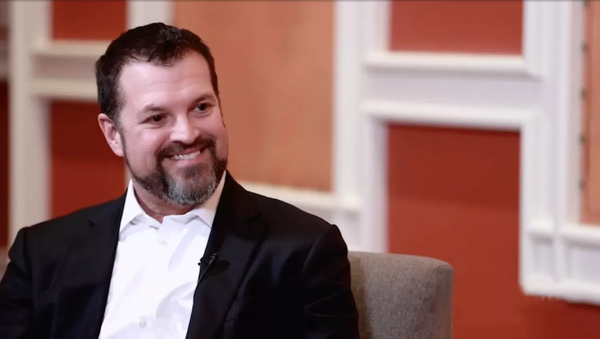

Member discussion